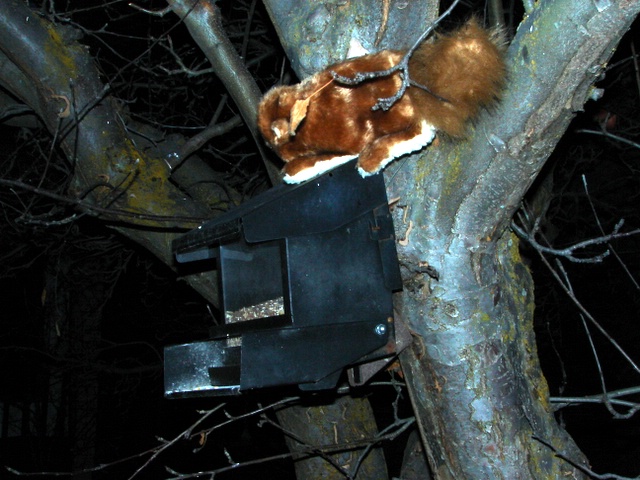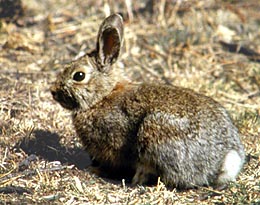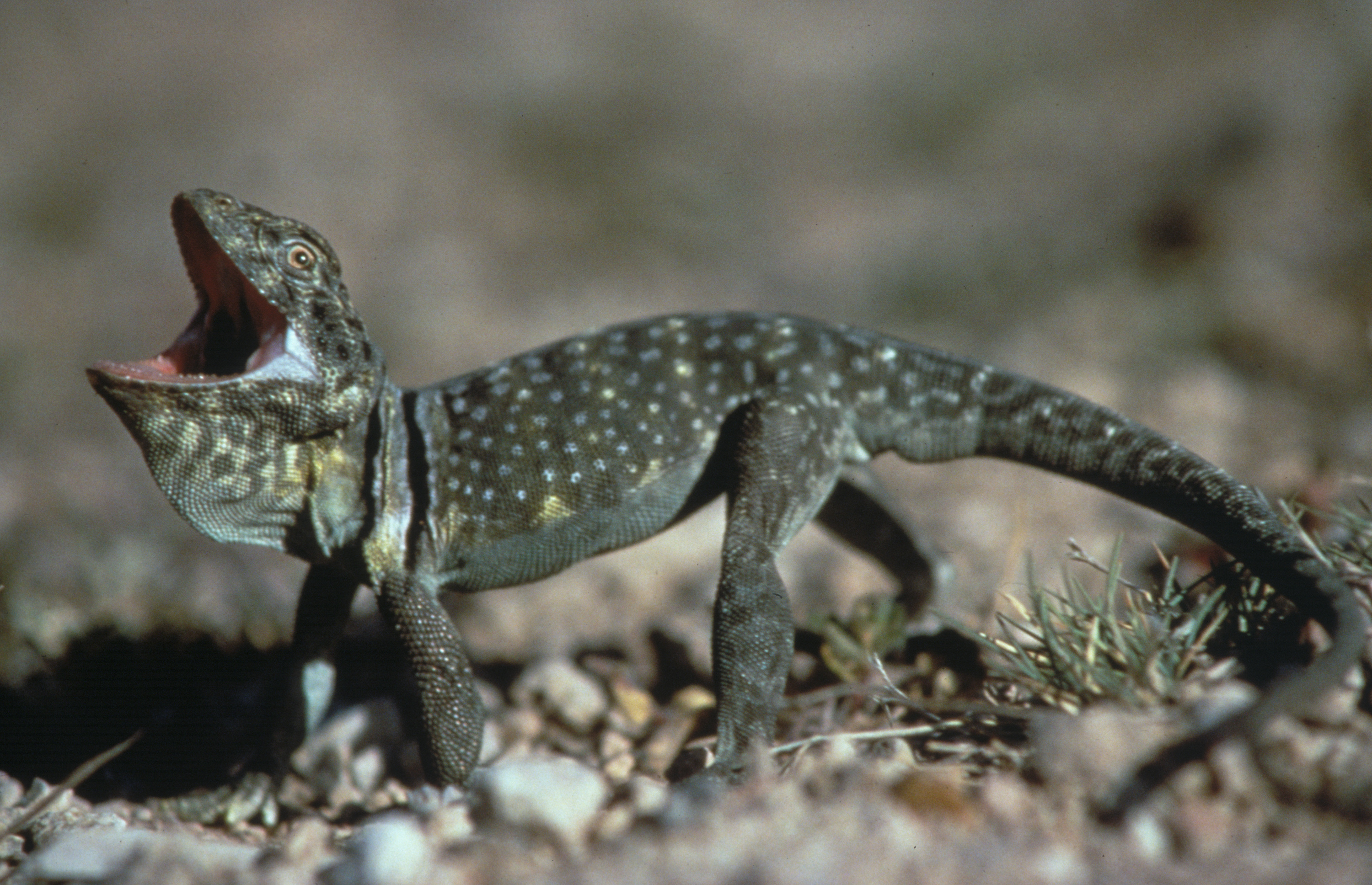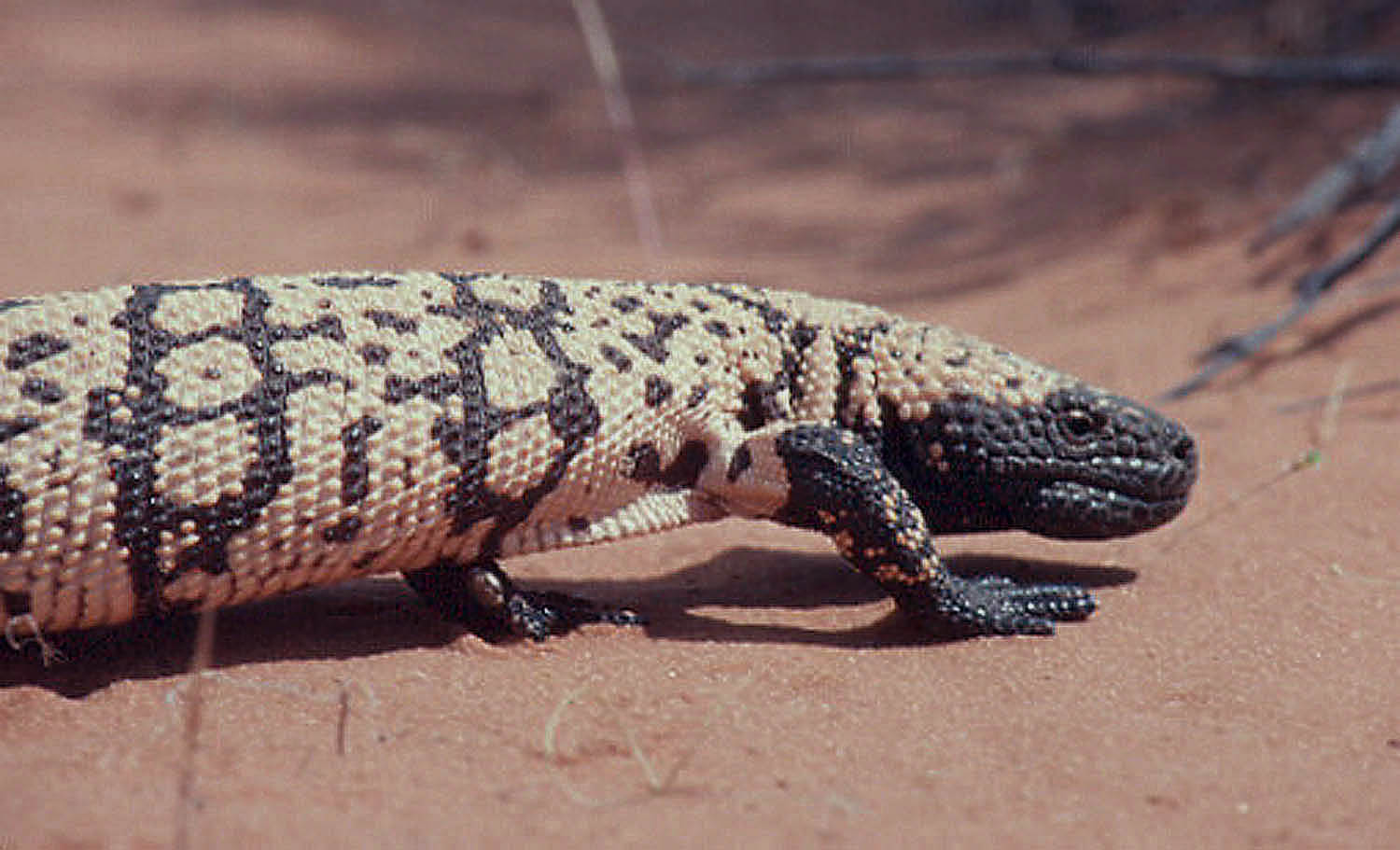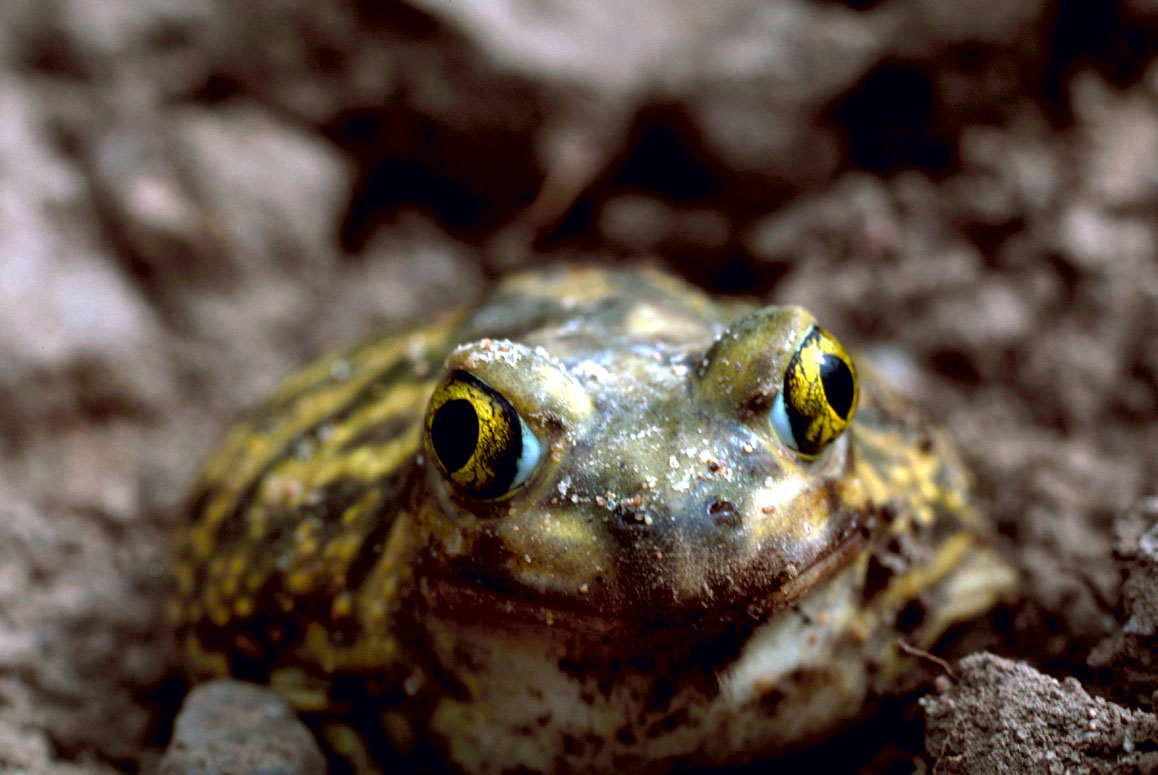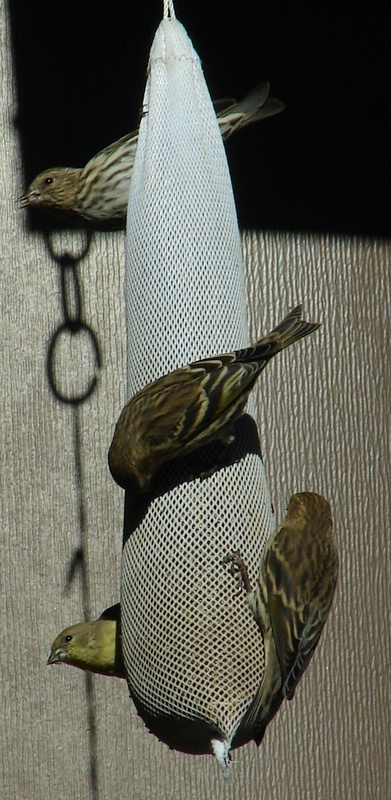
American Goldfinch feed
feed on thistle from a sock feeder
Copyright © 2008 Jim Cane
 Hopper Feeder
Hopper Feeder
Copyright © 2008 Jim Cane
Many of our songbirds have flown south to spend the winter. I confess that on frigid days I envy them. Like you and I, though, many birds remain behind. They fluff their feathers to trap body heat and spend these short days in a perpetual hunt for food to keep them warm. You can help their hungry quest by feeding our diverse songbirds using a convenient birdfeeder.
For loose seed, I use a hopper feeder. The hopper resembles a tiny roofed house which is filled with seed that is dispensed from a trough at its base. Another common style of seed feeder is a broad tray. It will need a roof and drain holes to keep the seed dry and free of mold.
(https://wildstore.wildsanctuary.com/collections/special-collections)
Our feeder is above a stone walkway for birds like juncos that prefer seed spilled on the ground. A ring of upturned tomato cages around this area excludes cats, and the season’s discarded Christmas tree will provide cover for the birds.
(https://wildstore.wildsanctuary.com/collections/special-collections)
Chickadees and finches prefer black oil sunflower seed, rich in fats and proteins, with a thin shell. If you buy seed mixes, juncos and sparrows will take white millet, but milo or so-called red millet is a filler. Doves and jays like cracked corn.
(https://wildstore.wildsanctuary.com/collections/special-collections)
Goldfinches and pine siskins flock to Niger thistle seed dispensed from a fine mesh sock that you can buy where you purchase the seed. Woodpeckers and nuthatches appreciate a suet feeder, which is a wire mesh cage containing a block of seed-filled suet. Expect magpies to hammer chunks off the suet block occasionally.
Don’t forget water, a scarce commodity for birds in winter. Plug in models remain ice free with scant power use.
Nothing quite cheers a wintry day for me like colorful songbirds noisily bustling at our feeders. If you do put up feeders, consider joining in Project Feeder Watch. You can find details on our Wild About Utah website.
Credits:
Photo: Courtesy & Copyright 2008 Jim Cane, Bridgerland Audubon Society, www.bridgerlandaudubon.org
Text: Jim Cane & Linda Kervin, Bridgerland Audubon Society
Bird Recordings Courtesy and Copyright Dr. Kevin Colver,https://wildstore.wildsanctuary.com/collections/special-collections & WildSanctuary, Soundscapes, https://wildstore.wildsanctuary.com/collections/special-collections
Additional Reading:
Backyard Bird Feeding, US Fish & Wildlife Service, https://library.fws.gov/Bird_Publications/feed.html
Project Feederwatch, Cornell Lab of Ornithology, https://www.birds.cornell.edu/pfw/
How to Attract Birds to your Yard, All About Birds, Cornell Lab of Ornithology, https://www.allaboutbirds.org/Page.aspx?pid=1138
The Great Backyard Bird Count, Birdsource.org, https://www.birdcount.org/
Creating landscapes for Wildlife — A Guide for Backyards in Utah, A production of the Utah Division of Wildlife Resources, Utah State University Cooperative Extension Service & Department of Landscape Architecture and Environmental Planning, https://digitallibrary.utah.gov/awweb/awarchive?type=file&item=10215

